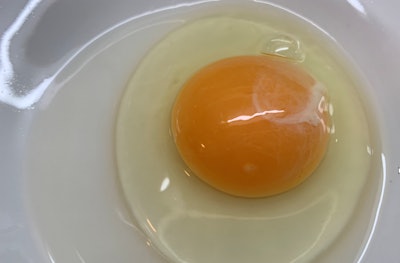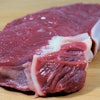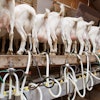
Pigments in biology, as defined in the Spanish Language Academy dictionary, is a “coloring substance that, dissolved or in the form of granules, it is found in the cytoplasm of many plant and animal cells.”
A colorant or coloring, according to the same dictionary, is a “substance that, added to certain foods, serves to color or dye them.”
It seems to me that it is worth making the distinction between these two terms, because of the "fright" that it creates when talking about pigmentation in chicken or eggs. A few months ago, on Spanish television, in one of those "research" programs with mystery movie music, which always unravel strange things, they were talking about the color of chicken and eggs.
In this program, I was struck by the fact that the journalist insisted on using the term "colorants" instead of pigments to describe what is added to animal feed. An interviewed professor at the Complutense University of Madrid constantly used the term pigments, without the journalist realizing that there was a difference. But of course! That thing of colorants or coloring agents sounds much more like a fake thing, a trick or an illegal matter, because they are added in the last phase of production to “correct mistakes” or to give the image that the food is like the original. Surely, that is what people think.
The journalist did not realize also that the pigment, in addition to the fact that in many cases it is of natural origin, is provided in the initial stages of the process, so that it can be absorbed, circulate in the blood and be deposited in the cells. Attention! Only a healthy hen can lay well-pigmented eggs. Only a healthy broiler can have yellow skin. They need good intestinal health to absorb pigments and good health in general. In the case of coloring agents, the situation is different.
In addition, carotenoid pigments, as an integral part of the cell, serve as antioxidant and pro-vitamin A. They are not just “makeup.”
It should be clarified that in some countries, achiote or anatto is used in roasted or grilled chicken. This is a natural coloring agent that provides the golden color when roasting broilers, which remains on the skin.
Although a yellow chicken is not necessarily healthier than a white one, it seems to be a popular thing to promote with consumers. If the chicken or egg has a good yellow-orange color, integrated with the fat and skin, or in the egg yolk, it means that they are well-cared-for birds and they are fed well. Additionally, a well-pigmented yolk conveys attractive colors to other products, such as pasta.
What do you think?


















